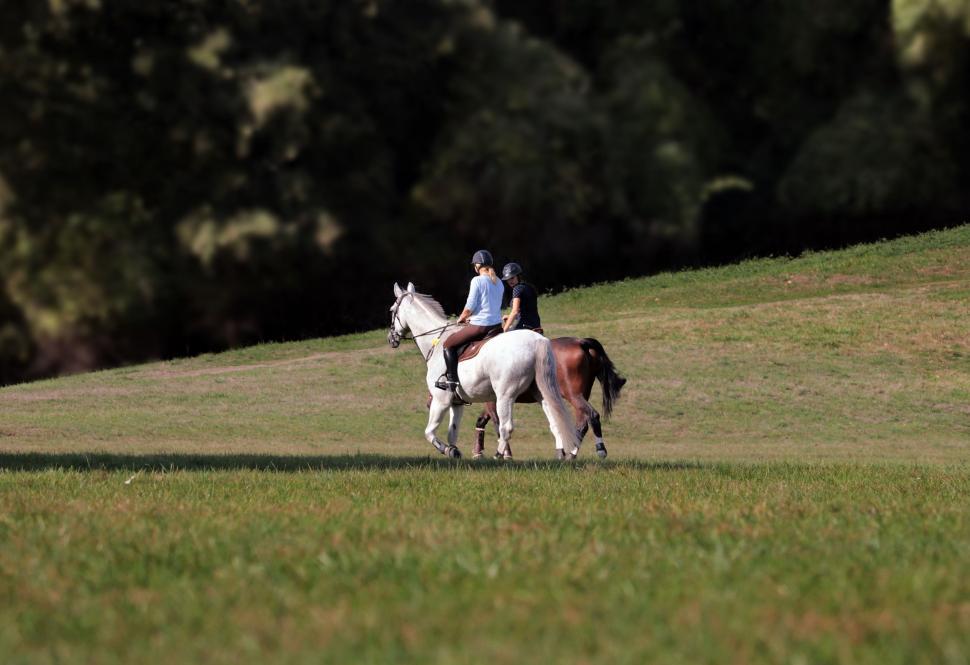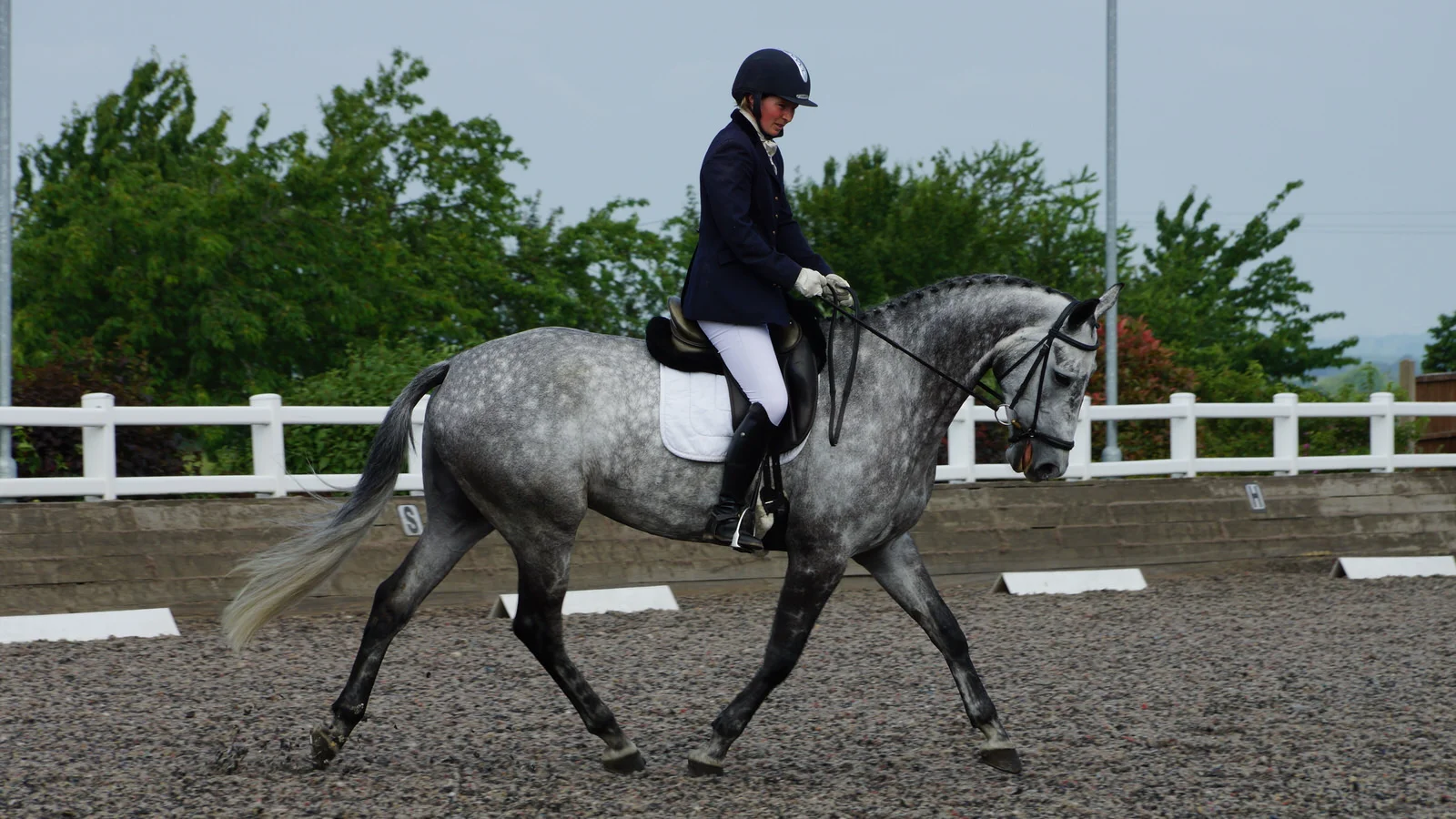Riding Multiple Horses: Adapting Your Style

Riding multiple horses requires a unique set of skills and adaptability to ensure both rider and horse perform at their best. Each horse has its own temperament, physical abilities, and training level, which means your riding style must be flexible and responsive. This article explores how to adjust your approach when riding different horses, offering practical tips and insights.
Understanding Different Horses
| Horse Type | Characteristics | Riding Style Adaptation |
|---|---|---|
| Young Horses | Energetic, less experienced | Use gentle aids, focus on balance |
| Older Horses | Calm, experienced | Maintain steady rhythm, respect pace |
| High-spirited | Reactive, sensitive | Stay calm, use clear, consistent cues |
| Draft Horses | Strong, slower | Adjust to slower tempo, use strength |
Recognizing these traits helps tailor your riding style to each horse’s needs.
Key Techniques for Adapting Your Riding Style
- Observe and Listen: Pay attention to each horse’s responses and body language.
- Adjust Your Seat: Modify your posture to match the horse’s movement and comfort.
- Vary Your Aids: Use different pressure levels and timing depending on the horse’s sensitivity.
- Pace Yourself: Match the horse’s natural rhythm to avoid resistance.
- Stay Relaxed: A calm rider helps calm the horse, especially with nervous or high-energy animals.
Benefits of Riding Multiple Horses
- Enhances your versatility and riding skills.
- Builds a deeper understanding of equine behavior.
- Improves your ability to communicate non-verbally.
- Increases confidence in handling diverse situations.
Frequently Asked Questions (FAQ)
Q1: How do I prevent confusion when switching between horses?
A1: Develop a consistent warm-up routine and spend a few minutes observing each horse before riding.
Q2: Can riding multiple horses improve my overall riding ability?
A2: Yes, it challenges you to adapt and refine your skills, making you a more competent rider.
Q3: What should I do if a horse reacts negatively to my usual style?
A3: Pause and reassess your approach; try softer aids or slower movements to regain trust.
Adapting your riding style when working with multiple horses is essential for effective communication and safety. By understanding each horse’s unique traits and adjusting your techniques accordingly, you can create a harmonious riding experience for both you and your equine partners.
